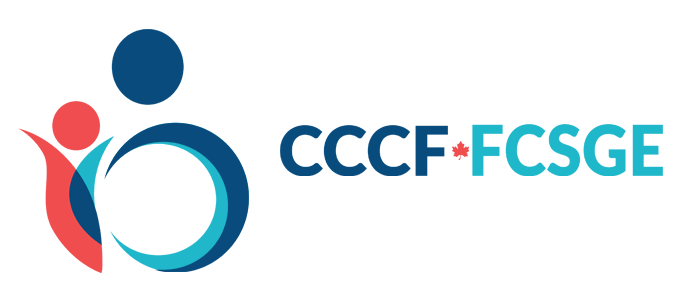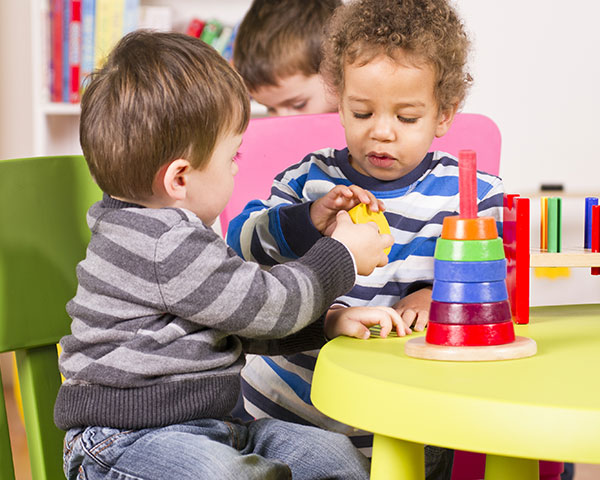By: Dr. Claudia Sasse, EdD – Assistant Professor in the School of Education at Ambrose University
In the lively classrooms of Canadian early learning centres, the mixing of diverse perspectives creates a unique tapestry of educational practices. Among those contributing to this dynamic environment are international students completing their practicum. These future educators bring rich cultural insights, but they often encounter moments where their ‘image of the child’ differs from the perspectives shaped by Canadian pedagogy.
For over 30 years, I have worked in the field of early childhood education, and I now serve as an assistant professor in an Education Program. My research focuses on cultural diversity, international students, and early learning—three areas that converge powerfully in the practicum experience. This article explores the challenges and opportunities international students face as they navigate these cultural intersections and adapt their practices to meet the needs of the children under their care. This article also presents ways where seasoned early childhood educators can support practicum students.
Adapting to a new cultural framework can be overwhelming [for international ECE students], particularly when it involves questioning long-held beliefs. But these experiences offer invaluable opportunities for growth. Students develop cross-cultural competencies, learn to reflect critically on their practices, and gain insights that enrich their work with children.
The Image of the Child: A Cultural Construct
The “image of the child” (Makovichuk, n.d.) refers to the beliefs, values, and assumptions educators hold about children, their capabilities, and their role in society.
In Canadian early learning settings, this image often emphasizes the child as a competent, curious, and active participant in their learning journey. This perspective encourages practices that support exploration, play-based learning, and autonomy. However, international students may come from contexts where children are viewed differently. For example, in some cultures, children are seen as more dependent on adults for guidance and discipline. These contrasting views can lead to moments of cultural conflict during the practicum, as students navigate unfamiliar expectations and practices.
A Story from the Field
I had an international student, *Jasmin, who came from a country where structured learning and teacher-directed activities were the norm. During her practicum in Canada, she observed her mentor teacher encouraging young children to use the equipment in their outdoor play area, such as the monkey bars, slides, swings, climbers, and others. Initially, Jasmin was uncomfortable with this approach, worrying about safety and questioning the educational value of such activities. Over time, Jasmin learned to see these experiences from a broader perspective. Her mentor explained that the use of the equipment supports physical development, problem-solving skills, and risk assessment. Her mentor also mentioned that this is part of ‘risky play’, which allows children to challenge themselves and become appraisers of risk (NAEYC, n.d.). Jasmin began to recognize the value of fostering independence and resilience in young children. By the end of her practicum, she was facilitating outdoor play with confidence, blending her cultural understanding with her newfound appreciation for Canadian practices.
Challenges and Opportunities
Jasmin’s story highlights both the challenges and opportunities international students encounter during their practicum. On one hand, adapting to a new cultural framework can be overwhelming, particularly when it involves questioning long-held beliefs. On the other hand, these experiences offer invaluable opportunities for growth. Students develop cross-cultural competencies, learn to reflect critically on their practices, and gain insights that enrich their work with children.
*Jasmin is a pseudonym to protect the student’s identity.
Supporting International Students in Their Journey
To ensure international students thrive during their practicum, institutions and mentors must provide intentional support.
This includes:
- Cultural Orientation: Offering courses that introduce students to Canadian early learning philosophies and practices. Also, offering workshops on topics such as adapting to Canadian culture (Worae, 2023).
- Mentorship: Pairing students with experienced educators who can guide them through cultural adjustments. Mentoring is intended to increase an individual’s professional capacity, resulting in greater effectiveness (Sasse, 2023).
- Reflective Practice: Encouraging students to engage in reflective discussions about their experiences and the cultural dimensions of their work with children.
- Celebrating Diversity: Valuing the unique perspectives international students bring and creating opportunities for them to share their cultural knowledge with peers and with the children under their care.
International students enrich Canadian early learning settings with their diverse perspectives, creating opportunities for dialogue, reflection, and mutual growth.
By supporting them through their practicum experiences, we not only help them adapt to new educational paradigms but also expand the collective understanding of what it means to teach and learn in a multicultural world.
As an assistant professor and researcher, I continue to be inspired by the resilience and adaptability of these students. Their journey serves as a powerful reminder of how education can transform lives by bridging cultures and building connections—a journey that deeply resonates with my own.
My Biography
I love teaching! I began my teaching career in southern Brazil as an elementary school teacher in 1990. Since then, I have held various positions in the education field, including, early childhood educator, K-12 teacher, resource teacher, language specialist, school principal, and, most recently, assistant professor.
My research interests and current projects focus on international students, educational leadership, cultural diversity, and student success. My doctoral research centered on leveraging academic supports to promote the success of ELCC international students.
Full Bio: https://ambrose.edu/profile/claudia-sasse-edd
LinkedIN: https://www.linkedin.com/in/dr-claudia-sasse-94838915b/
References
Makovichuk, L. (n.d.). Alberta’s early learning and care framework. Flight Framework https://www.flightframework.ca/
NAEYC. (n.d.). Eliminate barriers to risk taking in outdoor play. https://www.naeyc.org/resources/pubs/tyc/spring2023/risk-taking-outdoor-play
Sasse, C. (2023). Pedagogical leadership for early learning educators. Open Education Alberta https://pressbooks.openeducationalberta.ca/pedagogicalleadership/
Worae, J., & Edgerton, J. D. (2023). A Descriptive Survey Study of International Students’ Experiences at a Canadian University: Challenges, Supports, and Suggested Improvements. Comparative and International Education (Ottawa, Ont.), 51(2), 16–67. https://doi.org/10.5206/cie-eci.v51i2.14223












